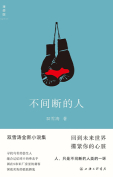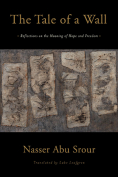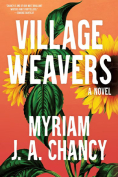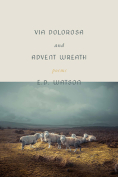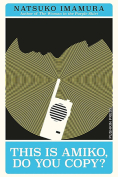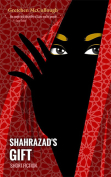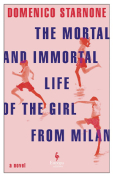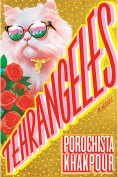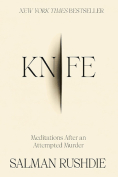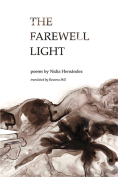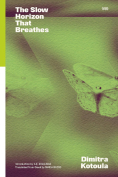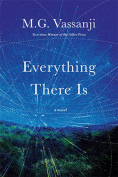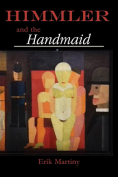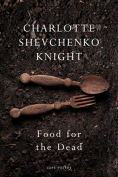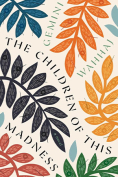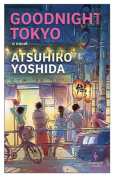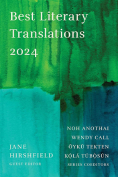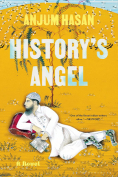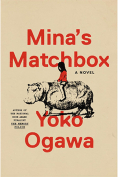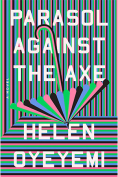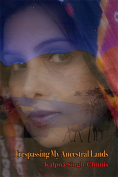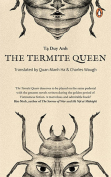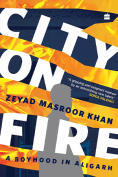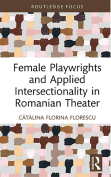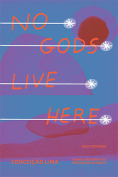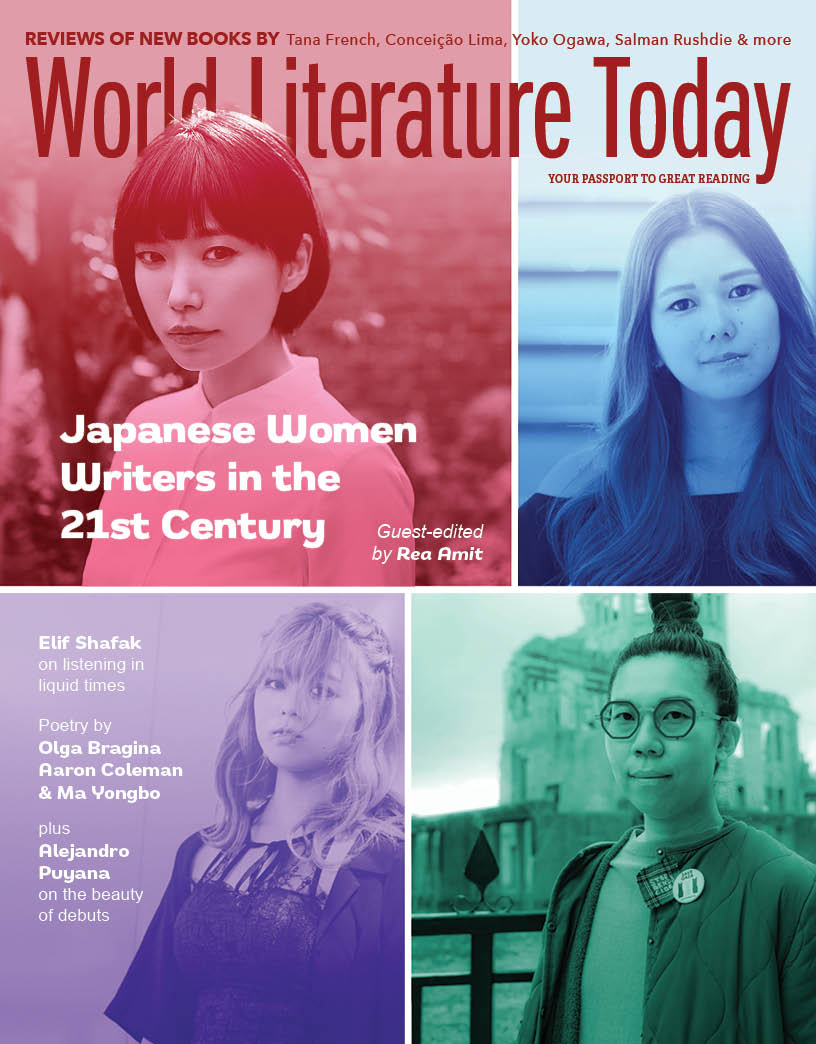Female Playwrights and Applied Intersectionality in Romanian Theater by Cătălina Florina Florescu
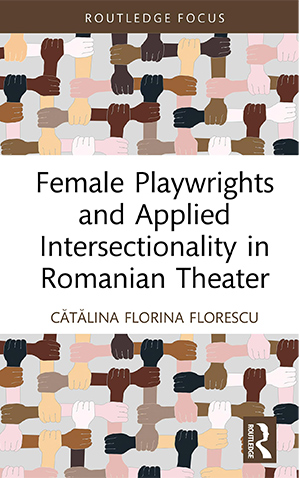 New York. Routledge. 2023. 129 pages.
New York. Routledge. 2023. 129 pages.
In Female Playwrights and Applied Intersectionality in Romanian Theater, Cătălina Florina Florescu offers an invaluable addition to current theater theory, extending the geographical boundaries of such discourse into a region and society that have been traditionally underrepresented. Further, she expands on her efforts by focusing on female playwrights who have suffered a similar lacuna in theater criticism, and more specifically those who exemplify the concept of “intersectionality” that is critical to Florescu’s argument, and which she thoroughly outlines and defines in the beginning sections of the book before applying it to her subjects in subsequent chapters.
Each of the ten chapters highlights the work of a different Romanian female playwright, while placing her into conversation with others across the world stage: Elise Wilk, Alexa Băcanu, Carmen-Francesca Banciu, Mihaela Drăgan, Alexandra Badea, Cătălina Florina Florescu, Ana Sorina Coreanu, Mihaela Michailov, Domnica Rădulescu, and Saviana Stănescu, respectively. Notably, these women come from a variety of backgrounds, range in age, and reside both within and outside of Romania, among other differences, that, combined, result in a plurality of perspectives, voices, and artistic styles. Consequently, each of the playwrights is also given the opportunity to answer a series of questions (as outlined in the appendix) as a means of preserving the authenticity of those very voices that Florescu studies and celebrates throughout her book.
The book, moreover, performs the double duty of acting as a pedagogical tool. Florescu relies on her decades of teaching experience and has thus “designed exercises/activities for each play, which can be used in classrooms and/or outside of them.” In doing so, she attempts to supplement the currently lacking curriculum in schools around the world, educating others not just about theater proper, but rather using theater to educate on myriad topics relevant to Romanian culture but also simultaneously universal. Each of the plays discussed is, in its own right, shocking—not for its content, but for the harsh and heartbreaking aspect of reality it so readily relates.
Overall, the book, deceptively short, is rich in content and provides a much-needed segue into discussions on contemporary matters, such as politics, economics, concepts of family, gender identity, homophobia, modern womanhood, and sexism, to name but only a few.
Christene d’Anca
University of California, Santa Barbara
